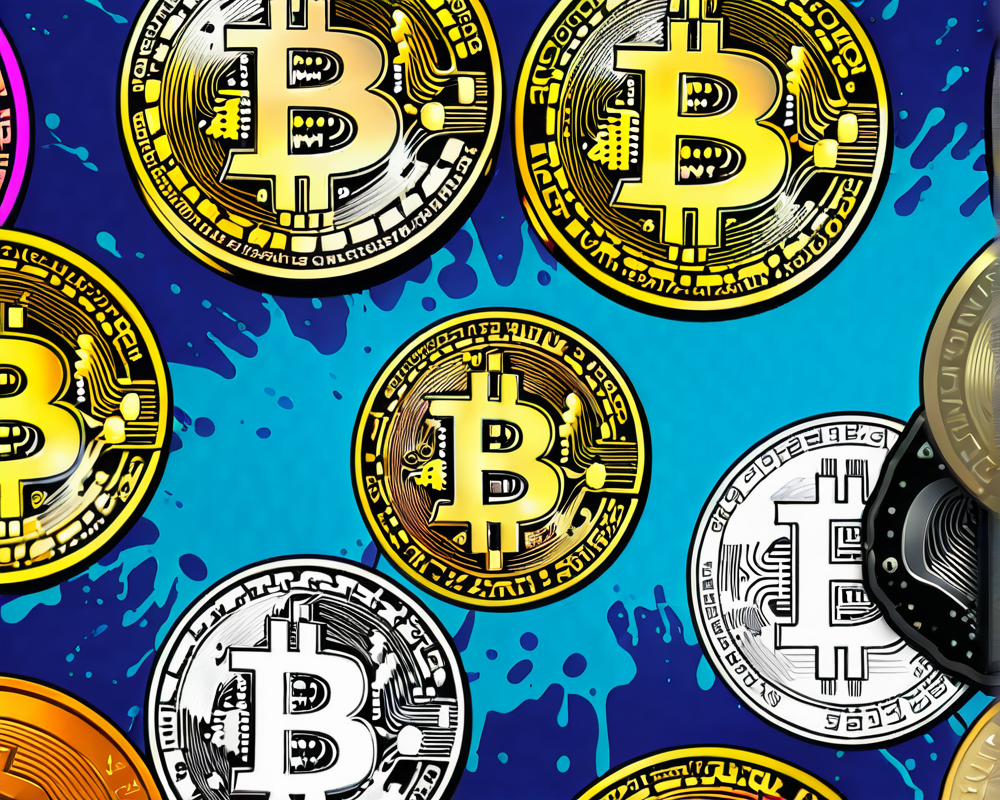The Impressive Stats of Solana
Solana is not your average blockchain. It boasts some jaw-dropping performance stats, handling more than 2,500 transactions per second—that’s like watching a squirrel on caffeine. No wonder it even claims the ability to scale up to 50,000 transactions per second! When it comes to transaction fees, it’s as if Solana has slipped into a 99-cent store: users regularly transfer funds for a fraction of a cent. Compare that to Bitcoin’s hefty average fee of $1.80, which is a tad more than a cheap cup of coffee, and Ethereum’s exorbitant $22+ gas fees—it’s no contest.
The Outage Dilemma
However, all that glitters is not gold. Solana made headlines for a 17-hour outage, which sent engineers and over 1,000 validators into a frenzy. The chaos stemmed from a denial-of-service attack that overwhelmed the network, causing it to crash. según Solana’s own post, 400,000 transactions per second came barreling in, leaving their validators gasping for breath. That’s more pressure than a high-stakes poker game!
What’s Going on? The Mixed Bag of Reactions
Not everyone is convinced that Solana’s speed is worth the trouble. Some crypto enthusiasts suggest that the outages might cause a ripple effect of distrust. On the one hand, Sergey Zhdanov from EXMO UK urges us to keep calm and carry on, asserting that these hiccups are just growing pains—common in the ever-evolving blockchain world. On the other hand, Marie Tatibouet from Gate.io expresses concern, stating that recurring outages under high demand make one question the integrity of a system marketed as an ‘Ethereum killer.’ Talk about a divided community!
Centralization vs. Decentralization: A Tug of War
While Solana’s high throughput is a dazzling feature, it has sparked concerns about centralization. Unlike Ethereum, which has multiple core node developers, Solana relies heavily on the Solana Foundation. The costs to become a validator can be steep, creating a situation where not everyone can play in the sandbox. But some argue it’s all about trade-offs: speed comes at a price, but is it a price too high? It’s a bit like choosing between fast food and homemade meals—quick, but maybe not the healthiest option.
The Bright Side: Community and Adaptability
Let’s not throw the baby out with the bathwater just yet. Solana may be a toddler in the blockchain world, having just launched its mainnet in 2020, but it’s learning to walk—and fast! With a passionate community quick to respond, problems are getting addressed at record speed. In fact, after the recent outages, developers jumped into action, allegedly surpassing GitHub submission rates of other competitors, like Polkadot and Cardano. Remember, where there’s activity, there’s hope!
Looking Ahead: Choices and Opportunities
If Solana has taught us anything, it’s that the crypto space is full of choices—a buffet of blockchain options! While Ethereum is gearing up for its own upgrades, addressing scalability through sharding, countless alternatives like Binance Smart Chain, Cardano, and Avalanche are lurking in the shadows. All is not lost for those looking for stability. But let’s give Solana credit where credit is due: speed and community spirit are formidable, and while it’s not perfect, it is undeniably a frontrunner.




